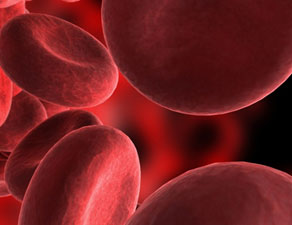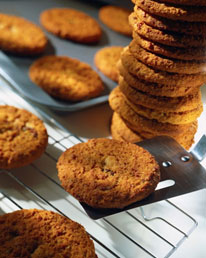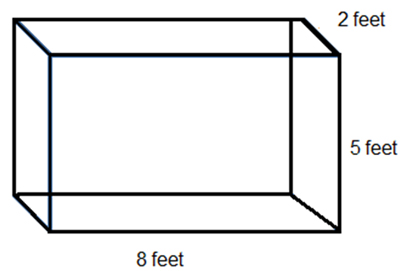
Just like you did with units of length, you can use dimensional analysis to convert units of capacity and volume. As mentioned in the first section of this lesson, medicine and science are two of the primary reasons that the United States must convert between the two systems of measure. This is especially true for volume and capacity.
To move forward with conversions, let’s first review customary and metric units of volume and capacity.
Copy the table below into your notes.
Fill in the chart below for customary units. Click on the blanks to check your answers.
| 1 cup = | Interactive button. Assistance may be required. _________ 8 fluid ounces |
| 1 pint = | _________ 2 cups |
| 1 quart = | _________ 2 pints |
| 1 gallon = | _________ 4 quarts |
Copy the table below into your notesl.
Fill in the chart below for metric units. Click on the blanks to check your answers.
| 1 liter = | _________ 1000 milliliters |
| 1 milliliter = | _________ 1 cubic centimeters |
In the metric system, the most basic unit of volume is the liter. However, the liter is technically not an SI unit of measure, but it is considered to be a metric unit. The SI system uses cubic meters as a unit of volume, and a liter is defined as 1000 cubic centimeters. SI prefixes, such as milli- and kilo- are commonly used with liters. In medicine, a common metric/SI unit of volume or capacity is the cubic centimeter, or cc.
The fluid ounce in the customary system is the smallest unit, but this fluid ounce is much different than the ounce used in measuring weight. This is due to the fact that the fluid ounce measures volume, which refers to the amount of space a given object displaces, whereas the ounce simply measures weight.
Once again, just as 1 inch = 2.54 centimeters was the key in converting between the two systems, the conversion factor you must know for volume and capacity is that 1 fluid ounce (fl. oz.) = 29.6 milliliters (mL) or 1 fluid ounce (fl. oz.) = 29.6 cubic centimeters (cc).
Consider the following problem situation.

Raul reads that the human body contains about 5.6 liters of blood. About how many quarts of blood does the human body contain?
First, make a plan for converting the units from liters to quarts.


![]() Click on the image below to access the applet. Use the applet to use dimensional analysis in order to perform the conversion.
Click on the image below to access the applet. Use the applet to use dimensional analysis in order to perform the conversion.
How is converting units of capacity or volume with dimensional analysis similar to converting units of length?




If 1 gallon is equal to 0.134 cubic feet and 1 gallon is equal to 3.785 liters, what is the capacity of the tank in liters?